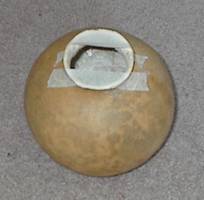Helmholtz resonators
Marimba
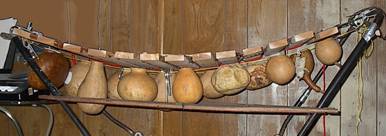
A globe with a neck is called a Helmholtz resonator. Gourds like this have been used in African xylophones for centuries. They have several advantages over the familiar tubular resonators used in Western marimbas.
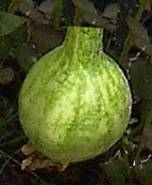
The pitch of the tubular resonators is determined by length, while the pitch of the gourd above is a function of its volume, the area of its opening, and the length of its neck.
This means the Helmholtz resonator can be far more compact than its tubular equivalent. The two whistles below are tuned to the same pitch, but the one on the right takes far less space. This is helpful for low notes on a marimba, whose tubular resonators require the player to stand up on a box.
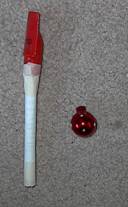
In the marimba above, the gourds are in two rows to allow room for the globes. Resonators are more effective if they can be put under the middle of the bar:
To get them flattened to bar-width, I grew them in molds. To read about how to do this, go to Growing Helmholtz Resonators
This marimba is a baritone, and is made of redwood 2x4s, bicycle tires, an old card table, and gourds.
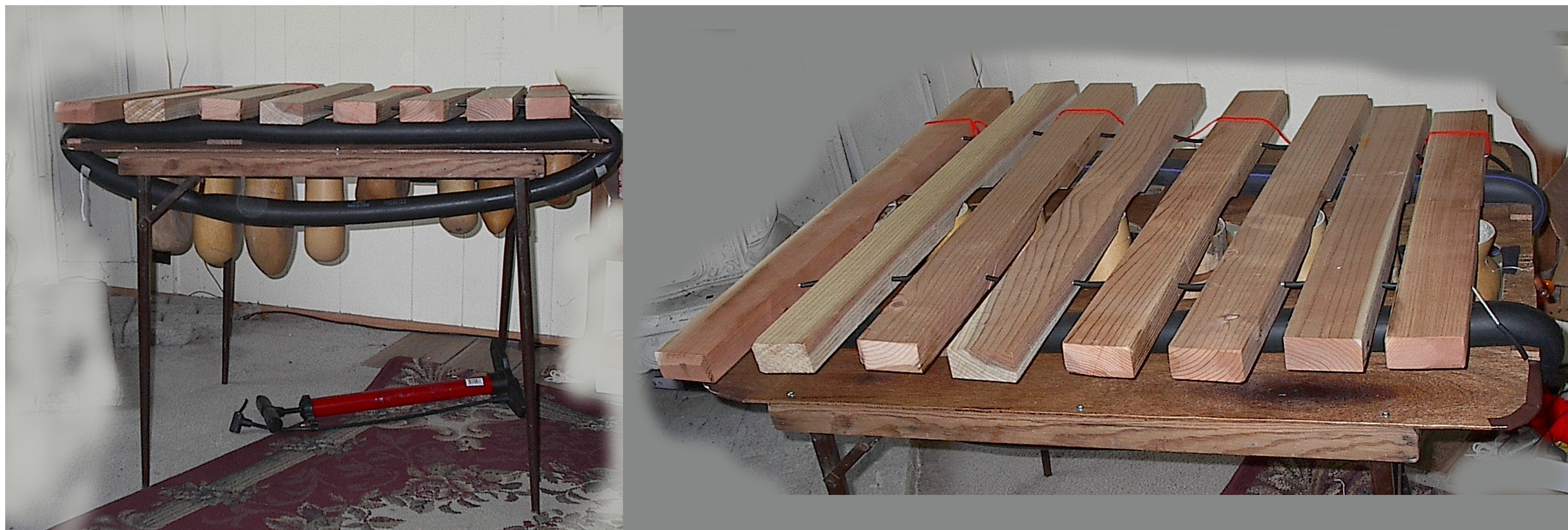
But it's meant to play backup, like this
The melody in this clip is being carried by my balloon marimba:
The gourds here are just structure.
Tuning
This gourd is a good shape for a helmholtz resonator because you can tune pretty easily. Cut the top to fit the bars on your instrument. Test the sound by blowing across the opening or tapping the side of the gourd. Tune to the next higher pitch for your instrument. (Yes, you'll need to cut all your bars first and rough-cut all your gourds. Then match gourds to bars.)
To raise the pitch, shorten the neck, a little at a time.
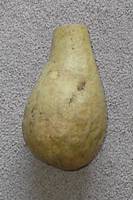
Eventually, you might run out of good gourd-bar matches and need to lower the pitch of a gourd. Do this by making the opening smaller. Here I've kept the opening wide, rather than make a smaller circle of it. The wide part spans the bar it amplifies.
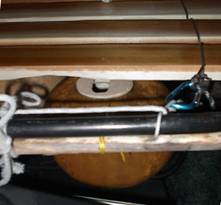
You can find the right size for the opening using masking tape, then make a permanent top.
